Our office will be closed from 23rd December 2025 to 1st January 2025 in observance of the holidays. Regular business hours will resume on Monday, 5th January 2026. To ensure timely processing, please submit your orders by close of business on 8th December 2025, allowing us to accommodate shipping and lead times. For urgent matters during this time, please contact us HERE.
Environmental Impact Assessments
Determine the effects of human disturbance on animal populations and their environment

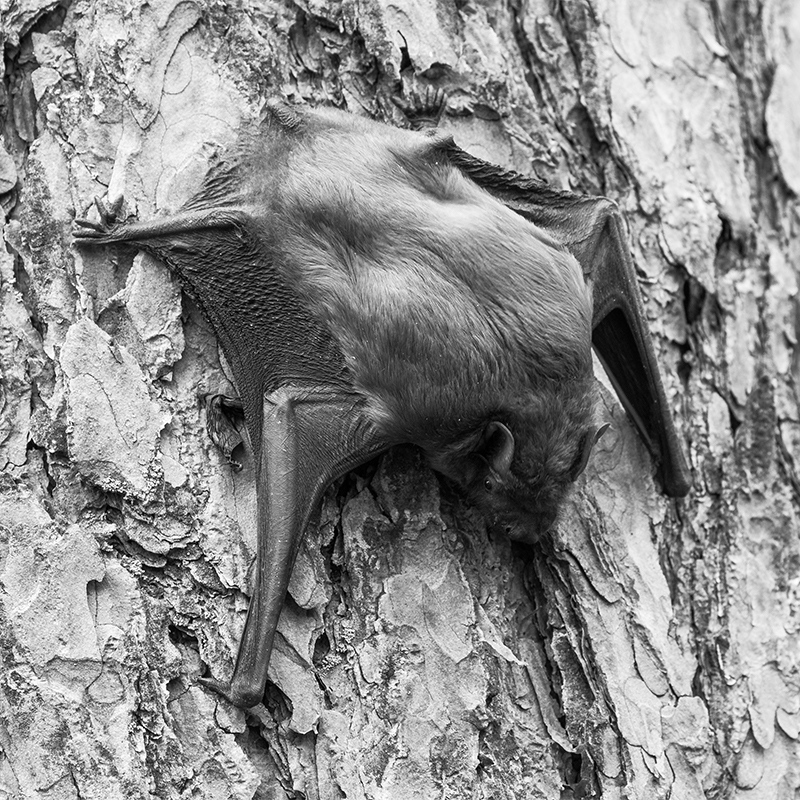




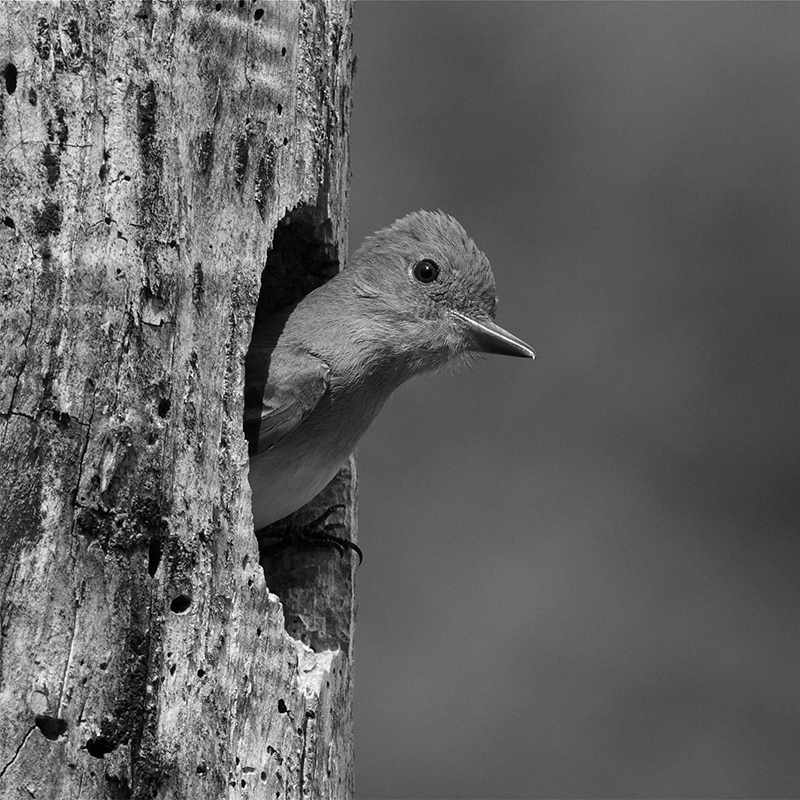



Challenges of Other Wildlife Monitoring Methods for Environmental Impact Assessments
Resource Constraints
As natural resource extraction and urbanisation accelerate, it is increasingly necessary to quantify short-term and cumulative impacts on natural habitats and processes. This means potential environmental impacts must be monitored in advance of a project to evaluate baseline conditions, anticipate impacts, and establish a mitigation plan if necessary. Additionally, environments must be monitored during pre-planning, development, and all operational phases of a proposed activity or disturbance to evaluate the effectiveness of any implemented mitigation measures. Conducting impact assessments on a large scale using interactive survey methods can be costly.
Habitat Disturbance
No matter how unintrusive, surveyors may inadvertently influence the environment which they are studying. Human presence may cause animals to retreat or alter their communication networks and trapping methods may be detectable by target species, influencing survey findings.
Observer Bias
Manual data collection relies heavily on the skill and experience level of the observer. In other words, data is limited by what an individual can observe – lacking true objectivity and increasing risk for errors in data.
Limited Data
Individual species may be difficult to detect, and certain habitats may be challenging to access with interactive research techniques, limiting the quantity and range of data observations.
How Bioacoustics Tools Solve These Challenges
Long-Term Monitoring
Acoustics recorders can be scheduled to run for extended periods of time – providing permanent records of animal vocalisations. These records can be objectively analysed and referenced as necessary to study the impact of an event over time.
Minimal Disturbance
Without human presence, it’s possible to record real environmental conditions with minimal disturbance. This is especially helpful for impact assessments because the goal is quantifying changes in animal activity due to specific environmental or anthropogenic factors. Eliminating the human disturbance bias improves confidence and accuracy.
Cost Effective
Using acoustics recorders to gather data is more cost effective than deploying biologists to project sites, especially during multi-day events.
Suggested Products
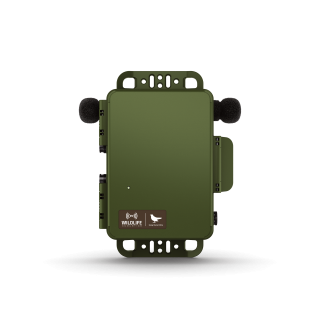
Song Meter SM4 Acoustic Recorder
Song Meter Micro
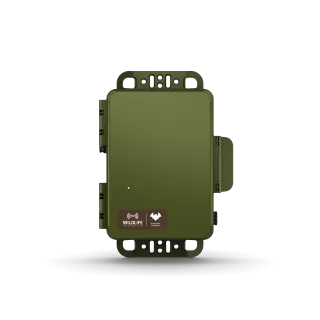
Song Meter SM4BAT FS Ultrasonic Recorder
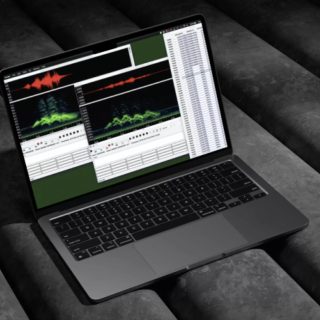
Kaleidoscope Pro Analysis Software
In the spirit of reconciliation, Faunatech acknowledges the Traditional Custodians of Country throughout Australia and their connections to land, sea and community. We pay our respect to Elders past and present and extend that respect to all Aboriginal and Torres Strait Islander peoples today.
